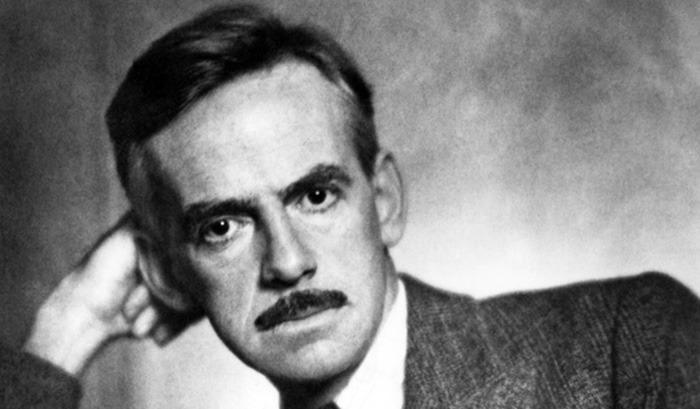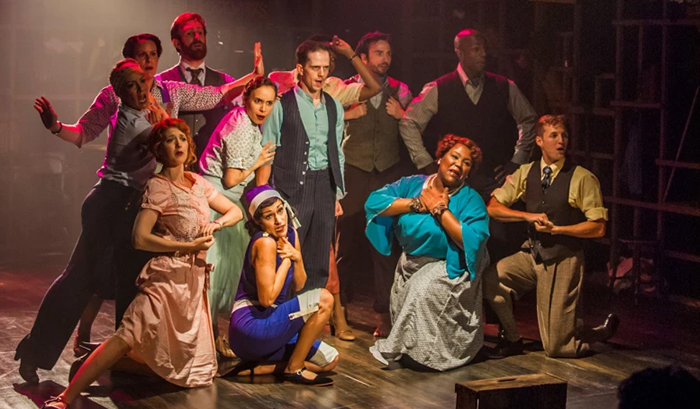The irony is that the entire film, the counterpart to Clint Eastwoods Flags of our Fathers, works to unsettle whatever notions of World War II Japan that we may have in mind. Letters from Iwo Jima asks us to look at the war from the Japanese perspective and listen to their Japanese conversations (and read subtitles). That look is unflinching and relentless with only a few moments to relieve the tension. The film has an atmosphere that touches on the documentary, the gritty, the real. When bombers drop their payloads, the camera rattles and shakes, cuts from one chaotic, explosion-filled scene to another as bombs wreak havoc, and there is the impression that what we see could have been pulled from old newsreels. Such is the strength of Eastwoods direction, which goes to show why he is so easily capable of giving Martin Scorsese a run for his money. It’s even strong enough to withstand those moments when the illusion fractures a bit, like when Kyle Eastwood and Michael Stevens score swells with trumpeted, melodramatic emotion.
Small Island: Big Battle
As with Flags of our Fathers, the focus of the film is on one particular battle: the control of Iwo Jima, a small volcanic island about 650 nautical miles south of Tokyo. The story shifts between the lowest ranking soldiers to the leader of all military forces defending the island, Gen. Kuribayishi. It is not concerned so much with the political or historical context of the war, but dedicated to exploring the lives of soldiers in wartime. Letters from Iwo Jima is, in a sense, a human story with the trappings of a war movie. Through the small details of the characters lives told through flashbacks or, as the title suggests, through the letters they write home we get the sense not only of a culture that is quite different from ours notions of honor and suicide, for example but also one that is quite similar.
In a radio ad for the movie, director Clint Eastwood explains how American soldiers are told they might not come back from a war. Japanese soldiers, however, are told to expect not to come back. A scene in which a group of soldiers commits suicide via hand grenades illustrates, with shocking effectiveness, the cultural differences between wartime enemies. Yet, it is just as clear that the differences arent all that significant. Love of family, love of country, a desire to serve and defend the things we love, and more; this is the stuff humanity is made of. And with a cast uniformly capable of inhabiting their roles with such complex emotions, led by Ken Watanabes towering performance, Letters from Iwo Jima gives us a rich portrait of humanity under duress.
No Subtlety Here
Theres nothing particularly subtle about the film, though, and its not really a surprise to discover that Paul Haggis, fresh from his examination of racism in Crash, has a hand in the films production. Theres a distinct theme going on. But with the writing duties relegated to Iris Yamashita, subtle thankfully doesnt translate to the blunt force trauma of Crash.
It may very well be that Letters from Iwo Jima isnt a film conducive to multiple viewings, though. The intensity of the cinematic experience doesnt make for casual viewing, and the uncomplicated theme of the film doesnt leave much to chew on. Still, it is a noteworthy achievement for Clint Eastwood, his crew and the cast. While it may not really inspire people to consider the humanity of their enemies, it tries valiantly. That counts for something.







